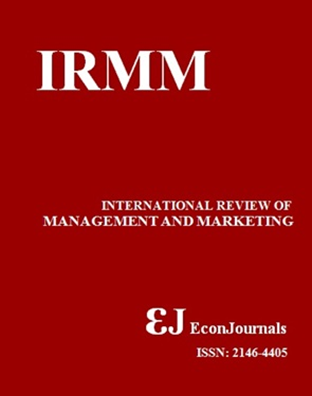Analysis of Demand for Fish in Urban Malawi
DOI:
https://doi.org/10.32479/irmm.14529Keywords:
Aquaculture, Capture Fishery, Fish Species, Market Segmentation, Multivariate Probit Regression ModelAbstract
The purpose of this study was to find the drivers of demand for various fish species in urban Malawi. Previous demand studies on the fisheries sector in Malawi have, mainly, treated fish as a homogenous commodity thereby making information regarding households’ general consumption patterns for different fish species scanty. This study, therefore, concentrates on the disaggregated analysis of the demand for the major fish species caught and consumed in Malawi. It focuses on fish from both capture fishery and aquaculture sub-sectors namely; Engraulicypris sardella (usipa), Copadichromis spp (utaka), Lethrinops spp (kambuzi); Clarias gariepinus (mlamba); Rhamphochromis spp (mcheni); Barbus Paludinosus (matemba); and Lake Malawi tilapia (chambo). It employs primary data collected from the households in Blantyre city using a multistage stratified random sampling method. Results show that the demand for usipa is influenced by a household’s location in a high-density area, and has low-income levels. Utaka, on the other hand, is positively influenced by the age of the household head and the number of people employed in the household while chambo is positively influenced by the high education level of the household head, high-income levels, and the household’s location in the high-density areas. The study has also found that mcheni and mlamba are positively influenced by income levels while the demand for matemba is positively the household head’s state of being married but it is negatively influenced by the number of children in the household. Policy implications arising from this study are that in the course of carrying out market segmentation, the fish marketers in Malawi must concentrate on selling usipa to households in high-density areas and focus on households with low-income levels. The selling of utaka while chambo should mainly be sold to households whose heads have high education, have high-income levels, and are located in high-density areas.Downloads
Published
2023-09-12
How to Cite
Banda, F. M., & Edriss, A.-K. (2023). Analysis of Demand for Fish in Urban Malawi. International Review of Management and Marketing, 13(5), 33–40. https://doi.org/10.32479/irmm.14529
Issue
Section
Articles




